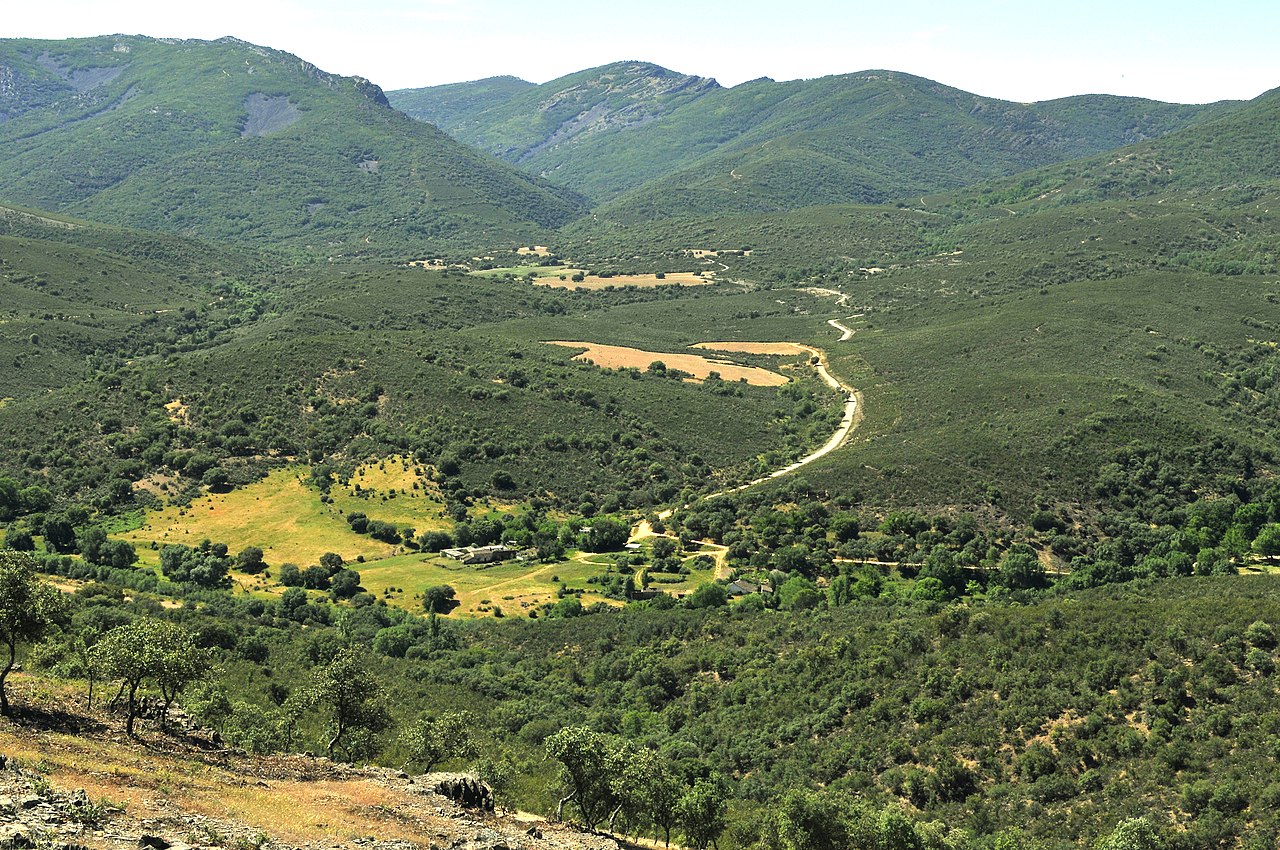
La Cabañeros National Park fauna is one of the richest and most diverse of Spain. This also extends to its flora and all of this makes this wonderful place one of the most valuable protected areas in the entire Iberian Peninsula. If we add to this its peculiar geology, it will not surprise you when we tell you that it is a authentic jewel of nature.
Located Castilla la Mancha, specifically straddling the provinces of Ciudad Real y Toledo, Cabañeros has 45 000 hectares of extension. They are made up of rañas or plains and spaces of forest and Mediterranean scrub. All this under the Rocigalgo massif and Sierras del Chorito, among other elevations. Do not hesitate to visit this natural wonder if you have the chance. But, for now, we are going to talk to you about the fauna of the Cabañeros National Park. However, first we are going to do a bit of history because its geology is linked to the species that have inhabited it.
A bit of history of Cabañeros National Park
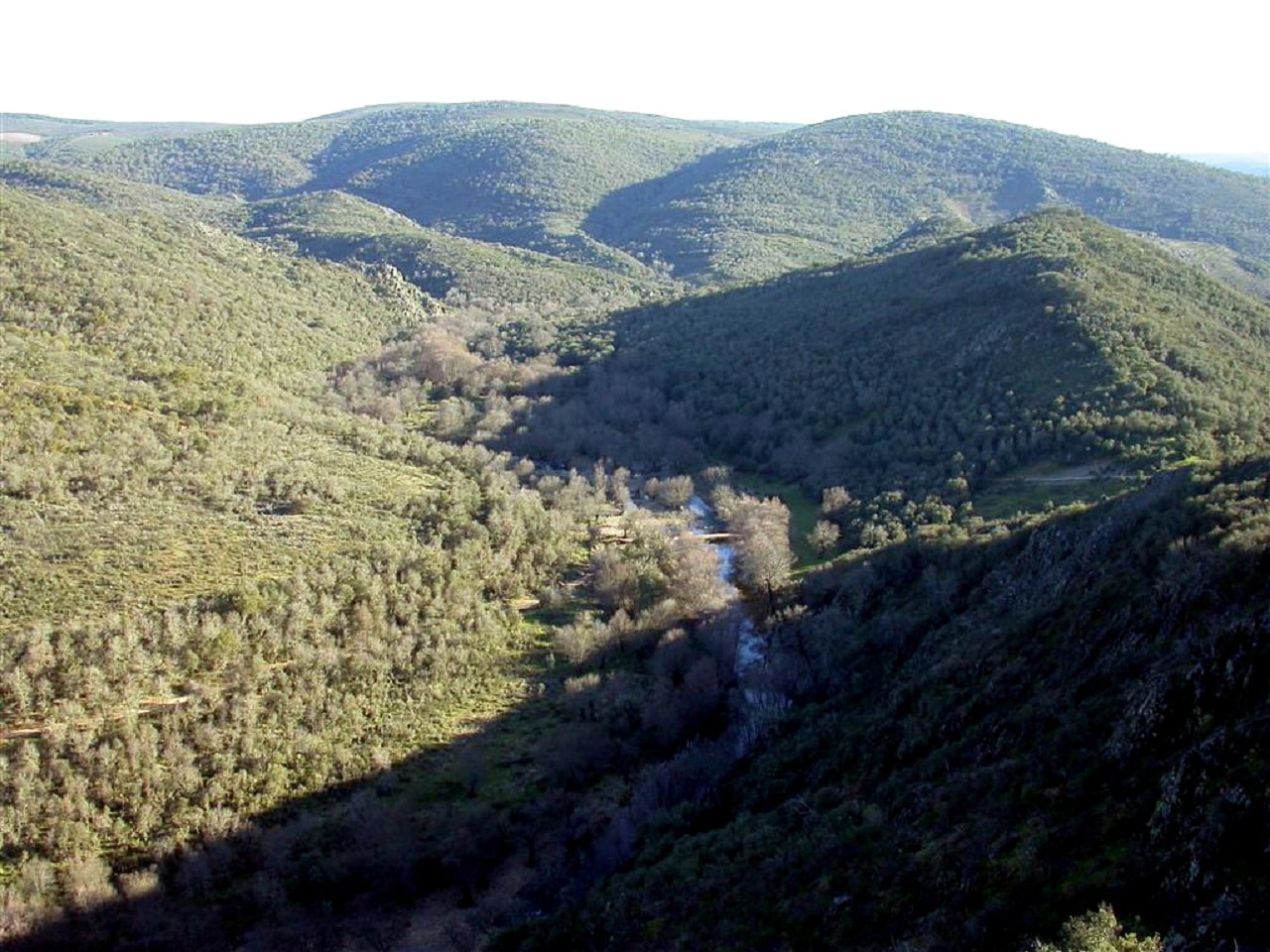
Mediterranean forest in Cabañeros National Park
According to experts, the park area was created about six hundred million years ago. During the Precambrian and Cambrianwas submerged under the sea. But, precisely in those periods, the lands began to rise due to strong tectonic movements. Once it outcropped, it generated sediments that, in turn, were transformed into slates and sandstones.
After a new phase of marine growth, already in the so-called Hercynian orogeny, the materials overflowed the waters forever. New terrestrial phenomena caused the development of the Toledo Mountainswhere the park is.
Due to this development, in the environment itself numerous marine fossils more than four hundred million years old. Among them, cephalopods, brachiopods, molluscs and bivalves. But remains of animals closer to us have also been found, such as mastodons.
On the other hand, the Cabañeros National Park was created as such in 1995, although seven years before it had been declared a natural park by the Community Board of Castilla-La Mancha. Until then, it had been owned successively by the city of Toledo, the Duke of Medinaceli and the Marquis of Villabragima. Precisely the fact that it was in the hands of a single owner contributed to its conservation.
The visit to Cabañeros National Park

Casa Palillos Visitor Center
To get to the park, you have buses that run from Toledo y Ciudad Real. But, if you prefer to do it in your own car and you travel from the south, you must take the road that leads to Fork of the Mountains or the one that passes by porzuna and continue until Pueblollano of Bullaque.
On the other hand, if you travel from the north, for example, from the Toledo Or from Madrid, you will have to make a greater detour. There are several routes, but you can take the road from Sonsecastray towards Raven and, there, do it again in the direction of El Molinillo. Then head towards bullaque twist.
Once in the park, you should know that it has three visitor centers. You will be more interested in starting your visit with one or the other depending on the part you want to see. One is called Chopsticks House, is on the road that connects Santa Quiteria and Pueblonuevo del Bullaque and offers you two paths, one botanical and the other ethnographic. The second is in Fork of the Mountains and has a museum. Finally, the third is Abraham Tower Recreation Area and Visitor Center, which is next to the riverbed of the Bullaque River.
Also, in Navas de Estena You have another information point that also offers you a curious sample of banditry in the area. And finally, at the beginning of the jet route there is a booth with information panels. Once we have shown you a bit of its history and how to get there, we are now going to talk to you about the fauna of the Cabañeros Natural Park.
Mammals
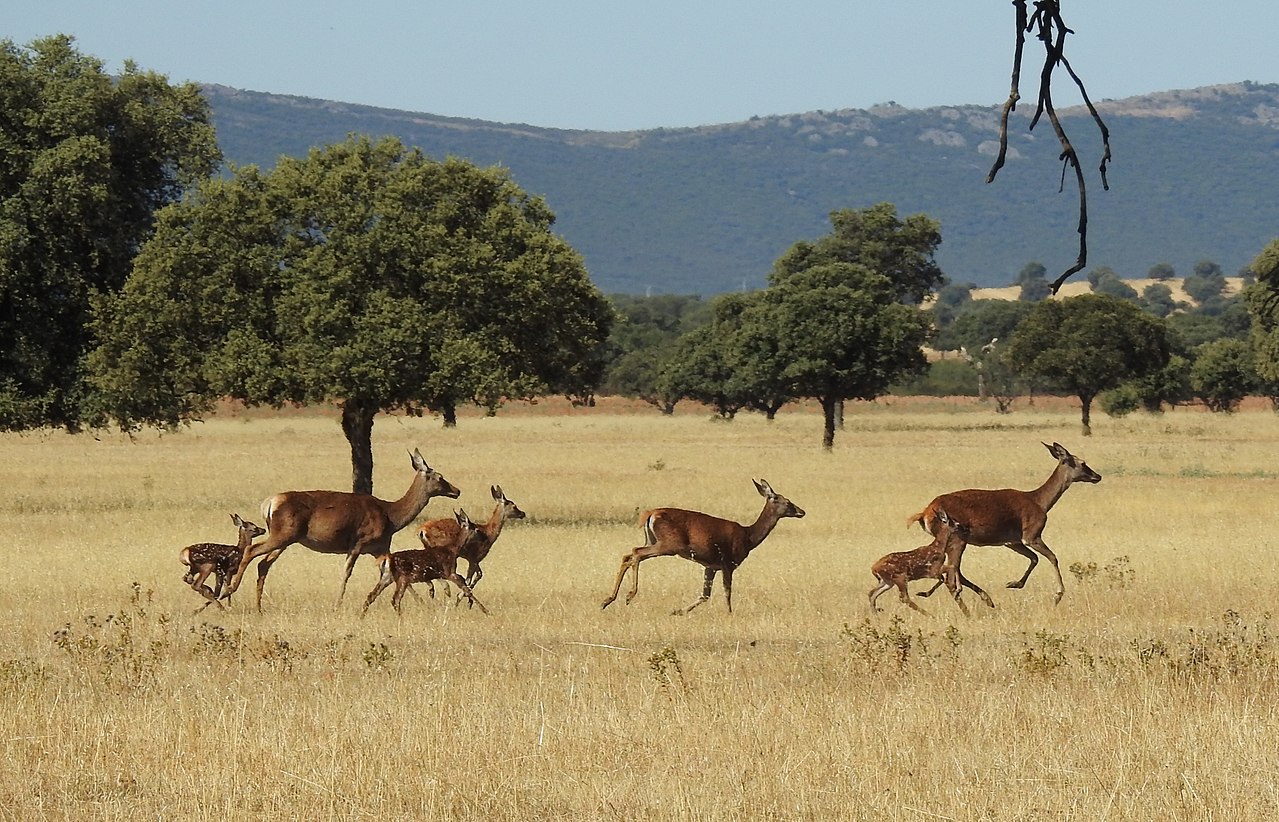
Deer, one of the most abundant species in the Cabañeros National Park fauna
Mammals have a wide range of species within the park. In fact, one of his most common images are the deer grazing on the frogs. Also, if you visit it in autumn, you will be able to see the spectacle of the bellow. As you know, this name is given to the roar that these animals emit when they are in heat while clashing their huge antlers.
But they are not the only ungulates in the area. They are also frequent roe deer and, in areas of more closed forest, the gamos. Also, along with these, there are many boars, CONEJOS and hares. These last two are prey for other mammals that also have their habitat in Cabañeros. For example, him zorro, European wildcat or Iberian lynx.
You will also find martens y genets, as well as otters in the Estena and Bullaque rivers. These coexist with amphibians such as the common salamander or the Iberian newt, but also with endemic fish such as the jarabugo, the tusk or the calandino.
Birds, very diverse among the fauna of the Cabañeros National Park
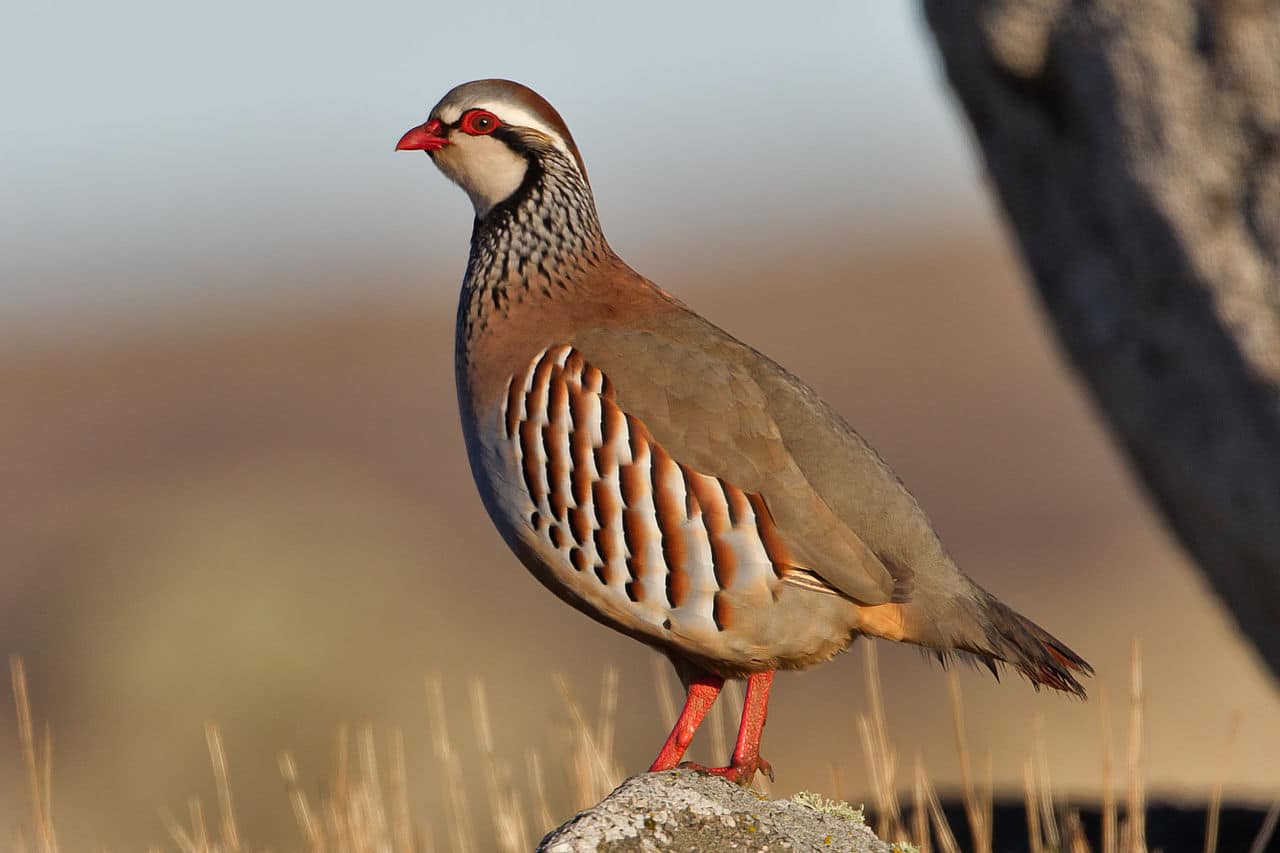
Red partridge, which lives in the Cabañeros National Park
No less varied is the bird fauna that you can see in the park. It is estimated that it has a total of 198 species, some seriously endangered. Highlights the imperial eagle, but also other smaller ones like the kestrel, red-legged partridge or the precious blue kite.
The park is also home to lesser gilts, black and royal kites, larks and even some specimens of griffon and black vultures. Regarding the latter, it has a breeding nucleus of 120 specimens that make Cabañeros the largest population area of this species in the world, together with the Monfragüe National Park, in the province of Caceres.
Also, you can spot in the area black and white storks, scavenger species such as the Egyptian vulture or Montagu's harriers, without forgetting the Spanish sparrows, the common wild beetle, the hoopoe or the bee-eaters. In short, Cabañeros is one of the favorite places for ornithologists to enjoy bird watching.
reptiles
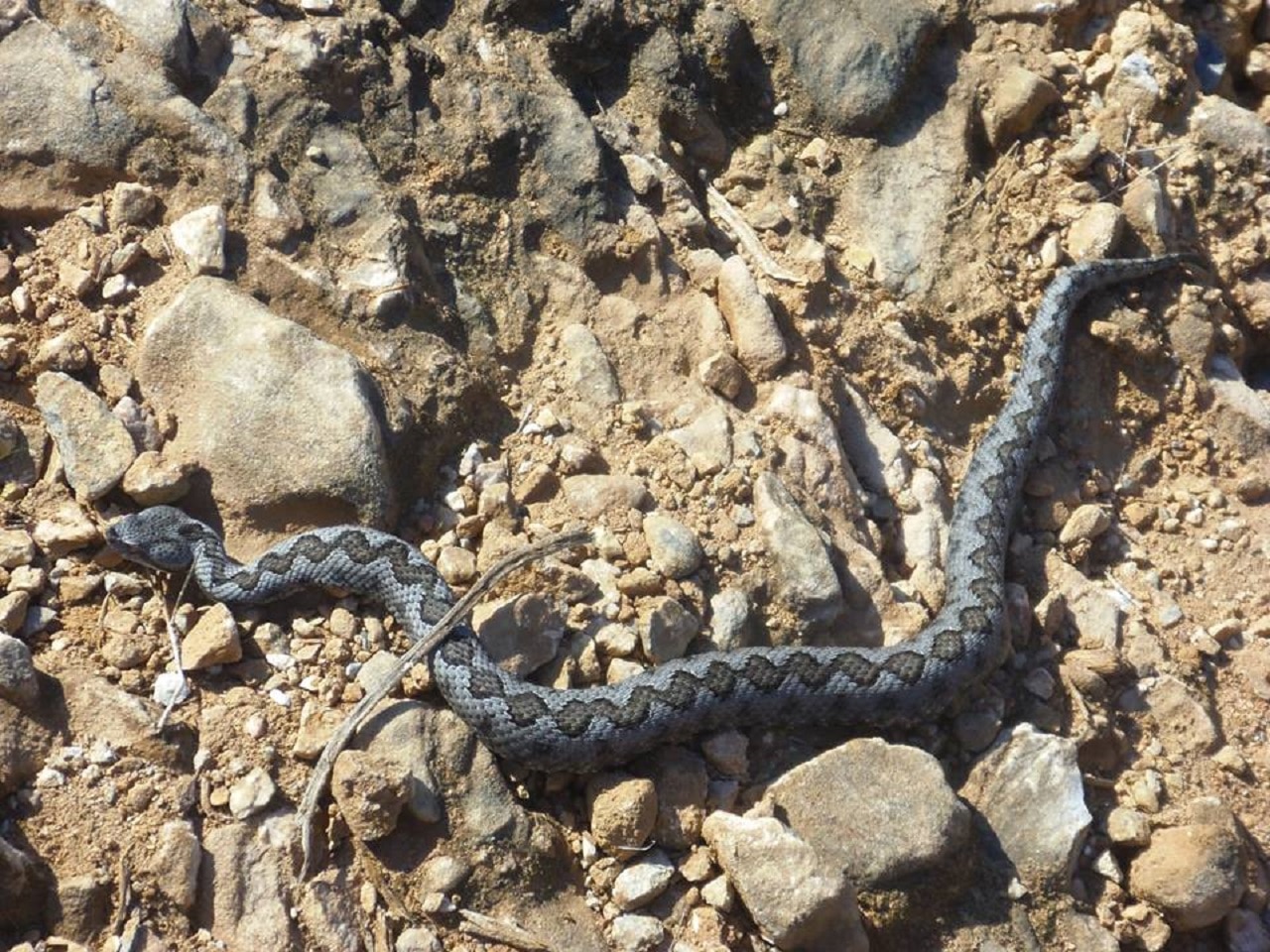
snout viper
La wide variety of ecosystems that the park possesses gives rise to the existence in it of many species of reptiles. In the wet areas of the frogs you can see the European pond turtle and the leper. He too ocellated lizard it is abundant, although there is more scarcity of its black-green variant, which is observed in rocky areas. For its part, the long-tailed lizard abounds in the clearings and the Iberian skink is also present.
As for snakes, it is usual to see snout vipers and horseshoe, ladder and bastard snakes. Likewise, in the streams there are quite a few viperine snakes, which serve as food for birds of prey such as the short-toed eagle.
amphibians and fish
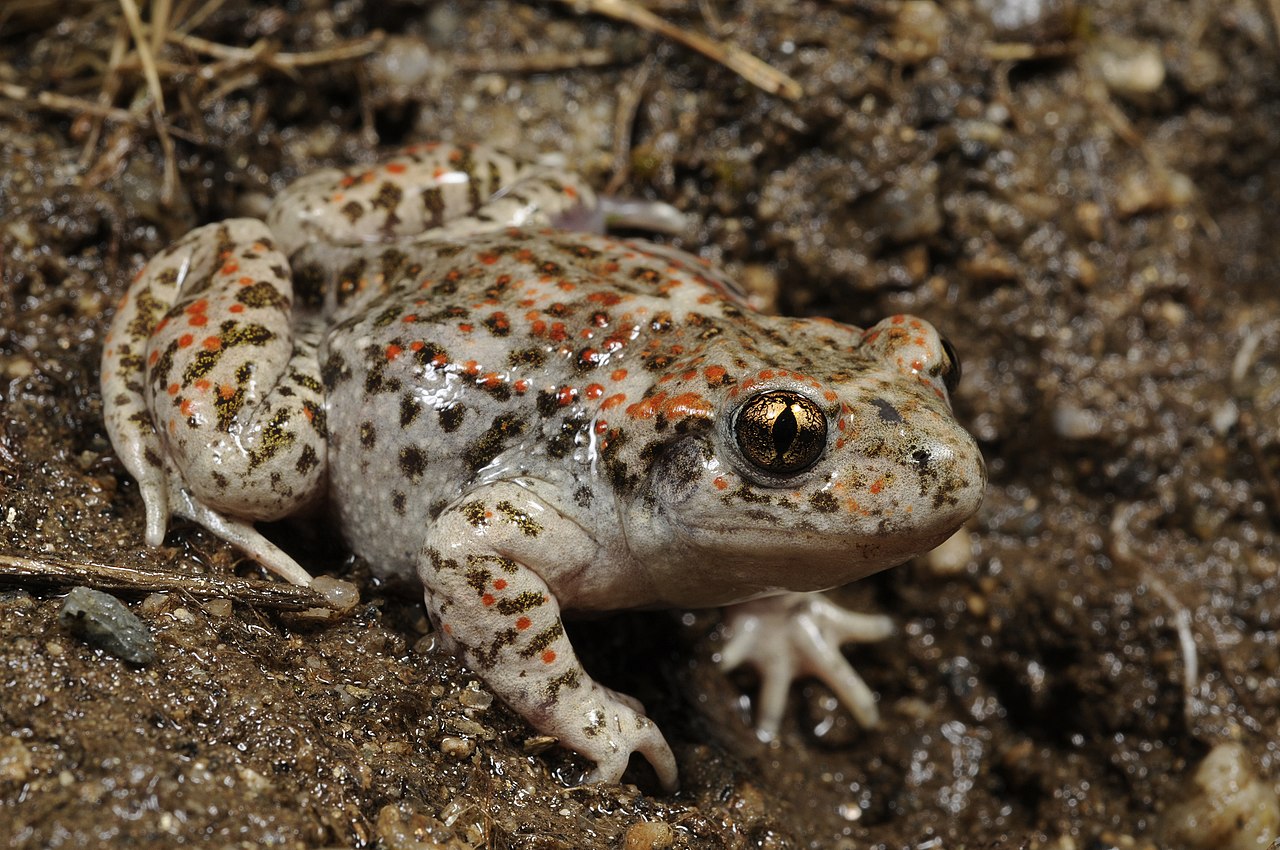
Iberian midwife toad
We have already told you about amphibians present in the park, such as the iberian newt and salamandra. But you can also see others such as the marbled newt and, when spring arrives, the Iberian midwife toad, the spotted toad, the common toad or the San Antonio frog.
On the other hand, the species of fish that you will find in Cabañeros are very varied. As we have also mentioned, it has two rivers, the Bullaque and the Estena, but also with numerous streams, among which those of Brezoso, Las Peralosas, Riofrío or Cigüeñuelas stand out.
As a consequence, you will be able to see fish species in the park such as the short-headed barbel, the boga, the cachuelo, the colmilleja, the pardilla or the calandino. More scarce is jarabugo, which we have already mentioned to you, and introduced by the hand of man have been the pike or the sun fish.
How to see the fauna of Cabañeros National Park
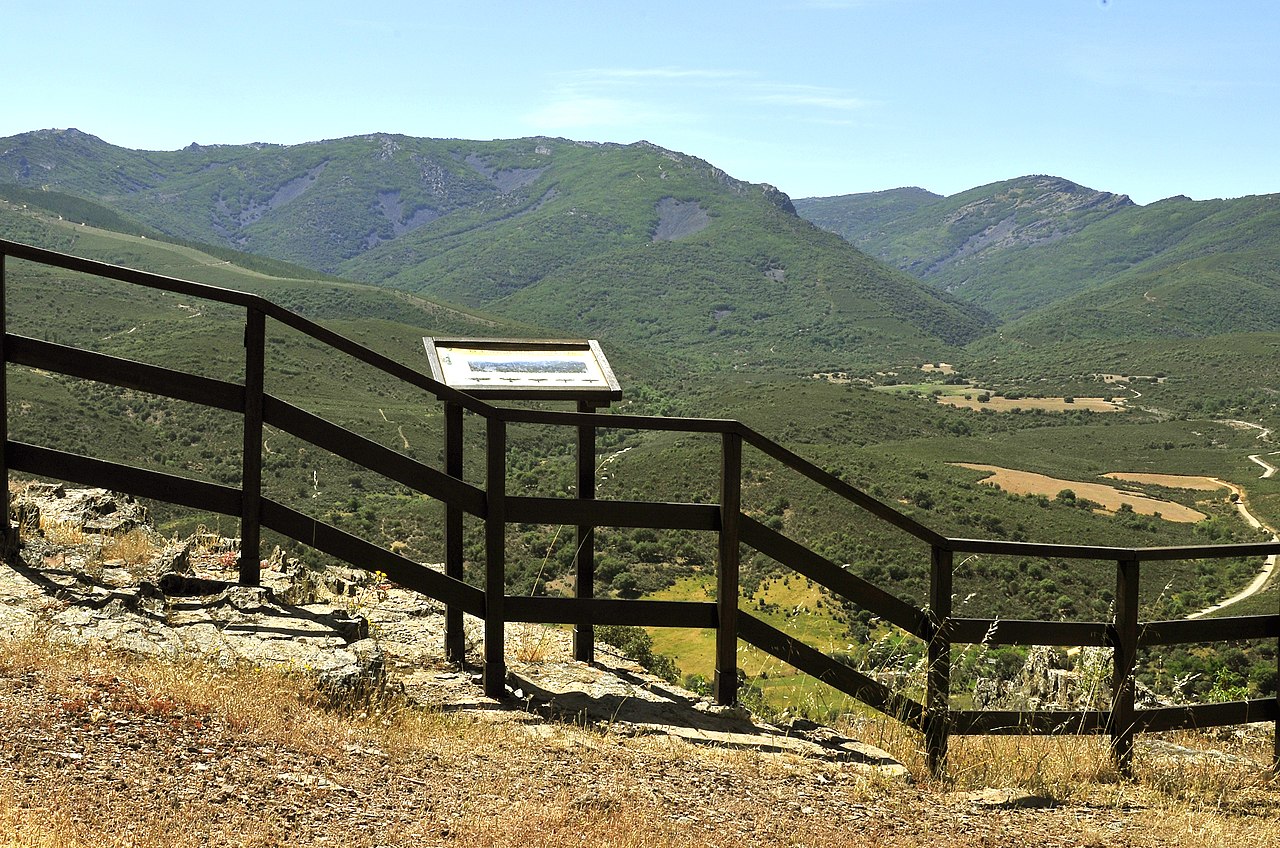
Las Becerras Viewpoint, in Los Navalucillos
To finish our tour of the fauna of the Cabañeros National Park, we will tell you about the different options you have to see it. You can tour this wonderful natural space in a 4 x 4 vehicle driven by a guide from the park itself. In addition, if you choose this way of doing it, when accompanied by a professional, you will be able to go through restricted areas.
But perhaps it would be more beautiful to go around Cabañeros on foot through the different hiking trails What does it offer. They are well signposted, but we also advise you to be accompanied by a guide, who will provide you with a lot of information about the park along the way.
Among these itineraries, you can choose the Boquerón del Estena path, with eight kilometers round trip and low difficulty. But you can also choose that of the Colada de Navalrincón, which also joins two visitor centers: the Torre de Abraham and the Casa Palillos, or the one in the Plaza de los Moros, barely three and a half kilometers and circular.
In short, other hiking trails in Cabañeros, all very easy, are the Sierra Castellar de los Bueyes, the Gargantilla, the Chorro de los Navalucillos and the Cañada Real Segoviana. It will be a little more difficult that of the Rocigalgo massif, since it has nineteen kilometers and is steeper.
In conclusion, we have shown you the Cabañeros National Park fauna and we have explained how to get there and get around this wonder of nature. If you visit it, you will not regret it, go ahead and do it. And, since you are going to Cabañeros, don't forget to visit the historic and beautiful city of Toledo, which, do not forget, is World Heritage 1986 since.